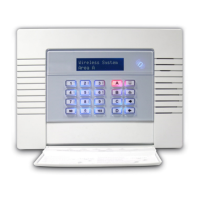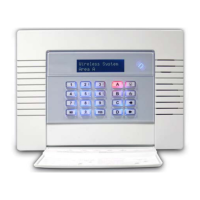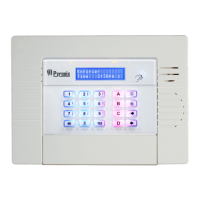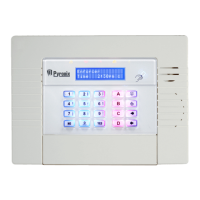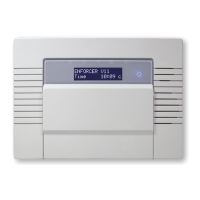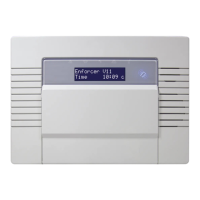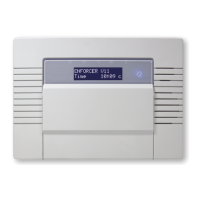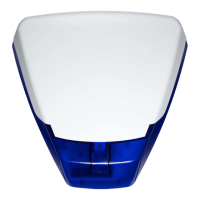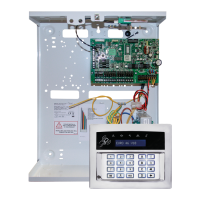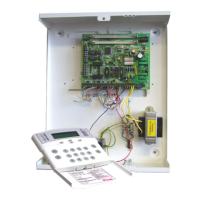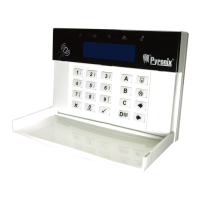What to do if Pyronix Enforcer 32-WE Security System shows B-01 (xx) WLs SUPERVN?
- PpcookSep 18, 2025
If your Pyronix Security System displays 'B-01 (xx) WLs SUPERVN', it means that the wireless bell number ‘xx’ has not ‘checked in’ within 20 minutes. Test the siren and perform a wireless signal strength diagnostic. Consider replacing the battery or relocating the siren.
